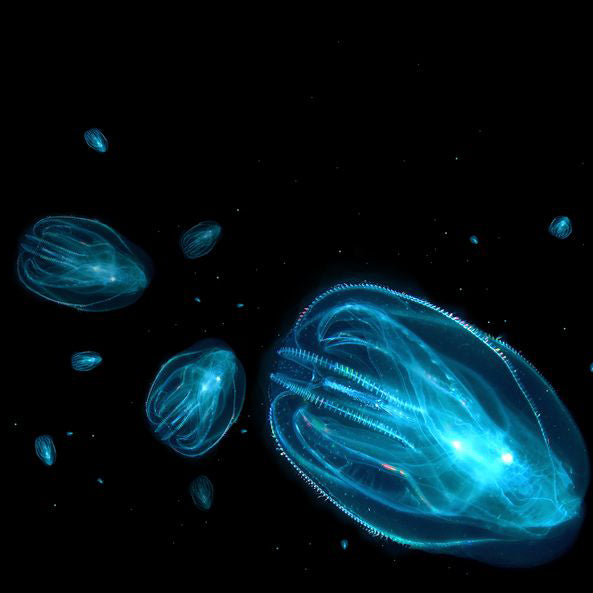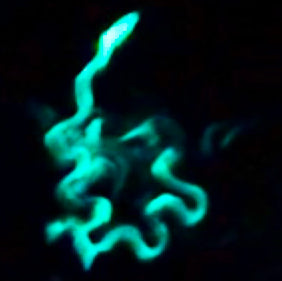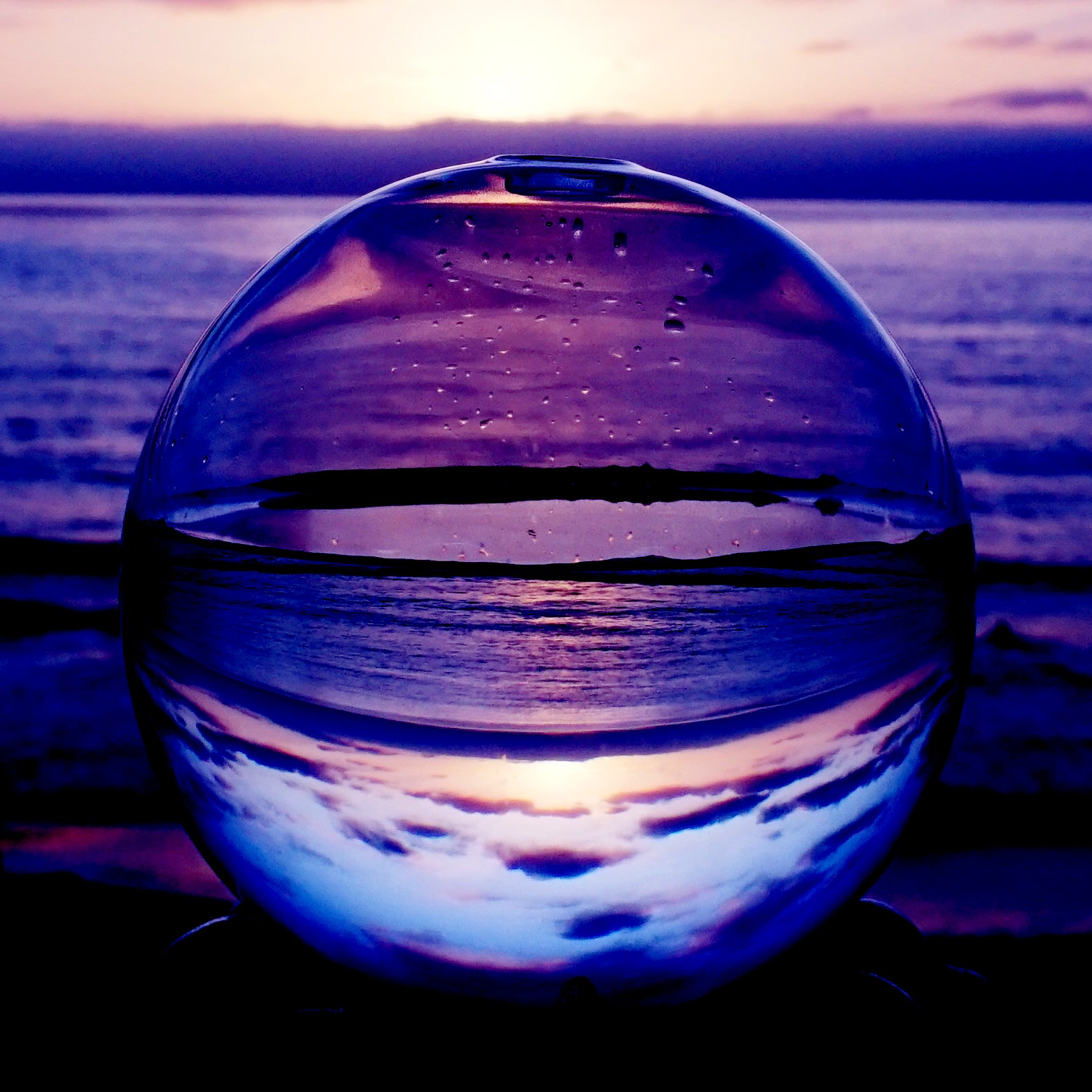Illuminating the Depths: Exploring the World of Deep Sea Bioluminescence

The deep sea, a mysterious realm that covers more than two-thirds of the Earth's surface, remains one of the least explored and understood ecosystems. Deep sea bioluminescence is one of the most captivating phenomena in this dark abyss.
What is Bioluminescence?
Bioluminescence is the production and emission of light by living organisms. While it can be found in various environments, including on land and in shallow waters, the deep sea is home to some of the most extraordinary and diverse bioluminescent displays. Unlike the surface, where sunlight can penetrate, the deep sea is shrouded in perpetual darkness, making bioluminescence a crucial adaptation for communication, predation, and camouflage.
Adaptations of Deep Sea Bioluminescent Organisms:
Counterillumination

Attracting Prey or Mates

Defensive Mechanisms:

Bioluminescence can also serve as a defensive mechanism. Some organisms release a burst of light when threatened, potentially confusing or startling predators.
Communication:

Deep-sea organisms use bioluminescence for communication in the absence of other forms of sensory perception. This is particularly crucial in the vast, dark expanses where visual signals are often the only means of interaction.

The enchanting world of deep-sea bioluminescence showcases the remarkable adaptability of life in extreme environments. As technology advances and exploration continues, we can expect to discover even more species and unravel the mysteries of these mesmerizing light displays in the depths of our oceans. The beauty and complexity of deep-sea bioluminescence serve as a reminder of the wonders that await us beneath the surface of the world's oceans.
read more..
How to take pictures of bioluminsescence



Comments